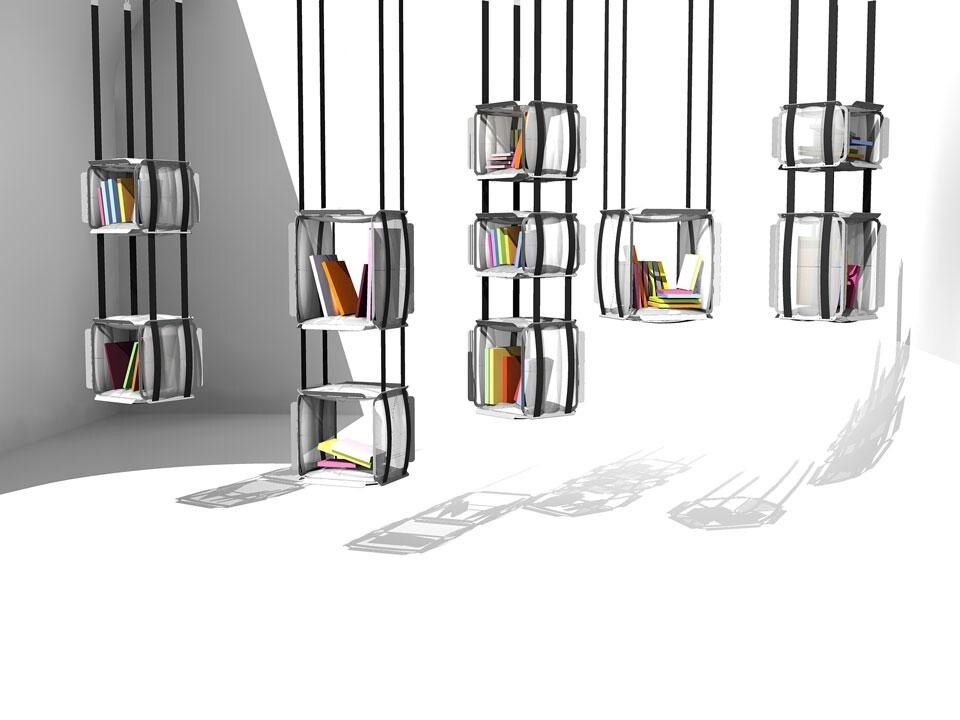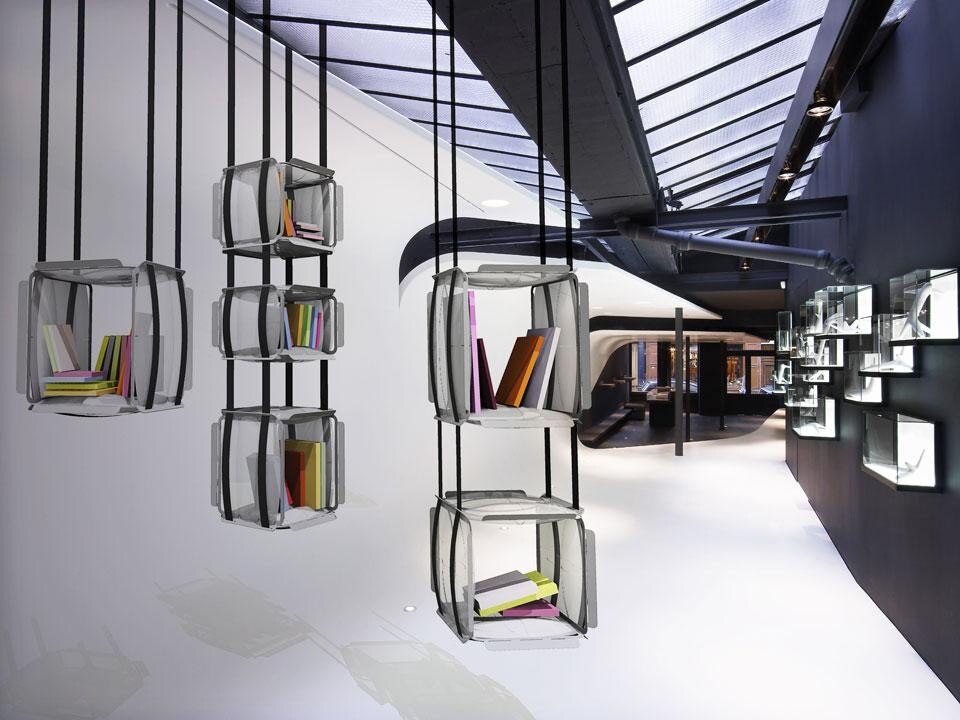
Edited by Galerie BSL to 8 examples + 1 prototype, UPSIDE DOWN is, originally, a commission from Louis Vuitton Malletier to equip the Espace Culturel Louis Vuitton (60 rue Bassano Paris 8th) where it will be definitively installed from February 2011.


